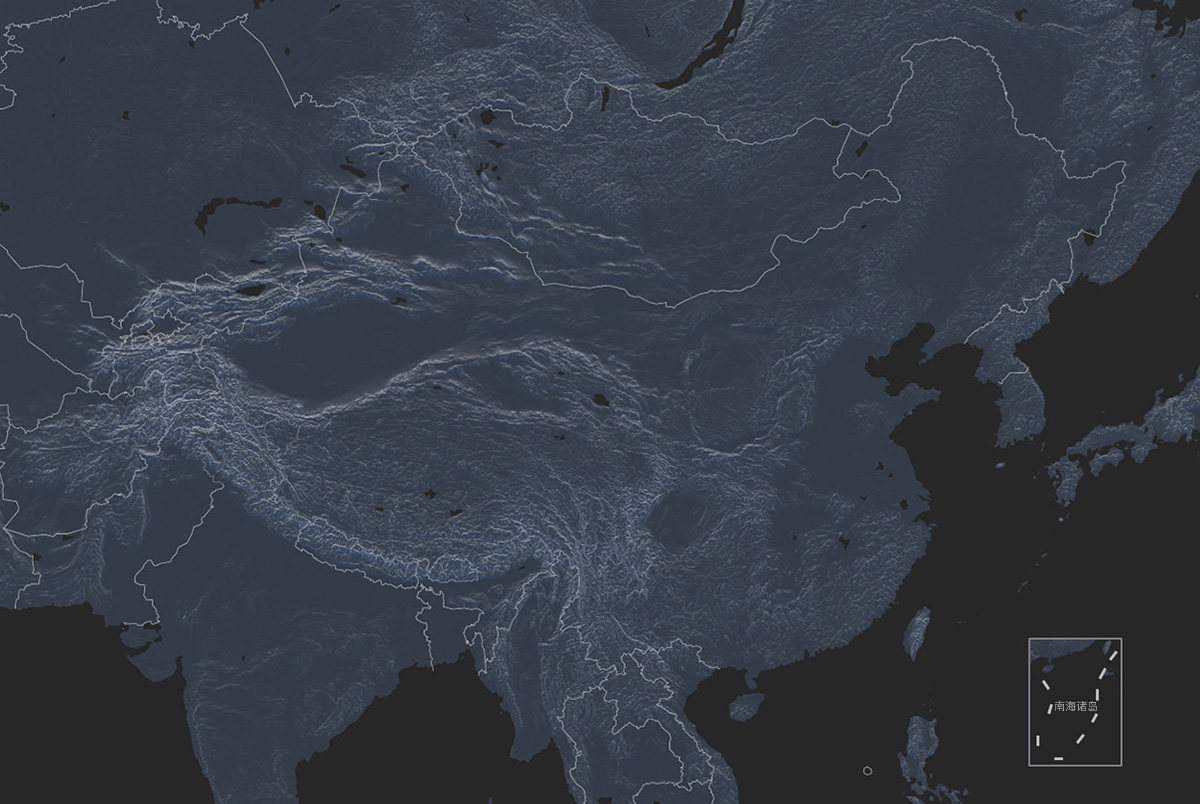

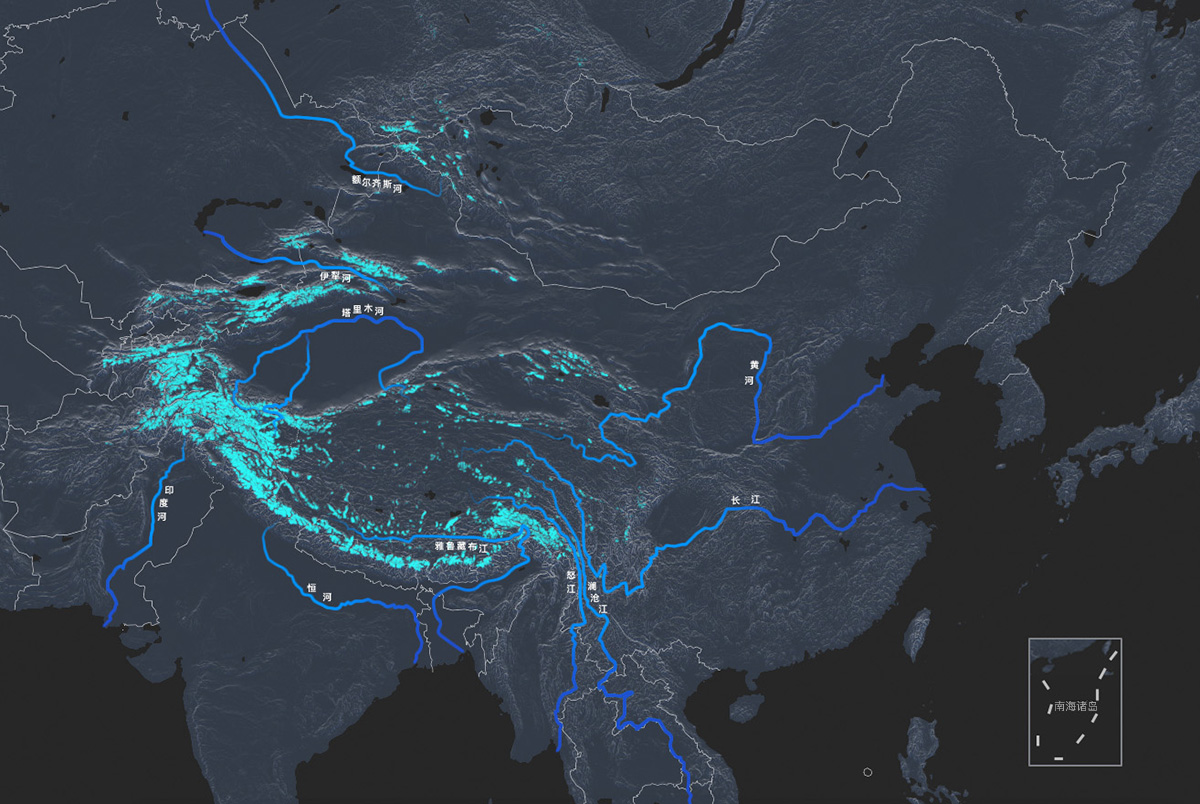
The parts of the Earth where water is frozen — including in the form of glaciers, ice caps, icebergs, and snow — are known as the cryosphere.They hold about four-fifths of the world’s fresh water in solid form.
Glaciers in China located on the Qinghai-Tibetan plateau, northern parts of the Xinjiang Uygur autonomous region, and northern Heilongjiang province are not only an important habitat for the survival of many animal and plant species.
They also feed rivers that flow through more than 10 countries, affecting more than two billion people.




The Qinghai-Tibetan plateau is one of the global regions most impacted by global warming. The temperature increase in this region in the last 50 years was twice the global average.
Research from international environmental organization Greenpeace found that the impact of rising global temperatures and climate change had accelerated China’s glacier retreat at an alarming rate since the 1990s. In short, its total area has shrunk 18% since the 1950s.
Yunnan – Baishui Glacier No. 1
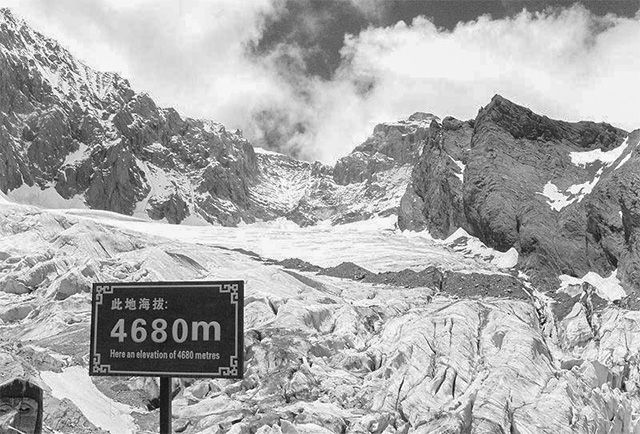
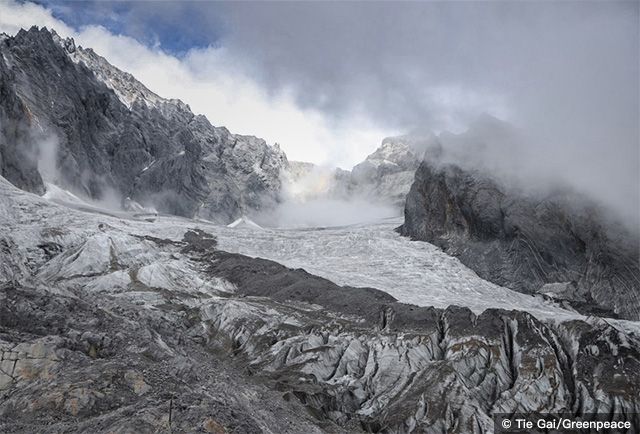
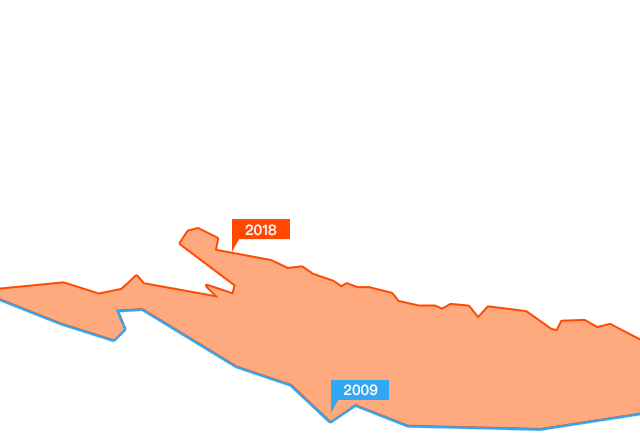
Qinghai – Halong Glacier
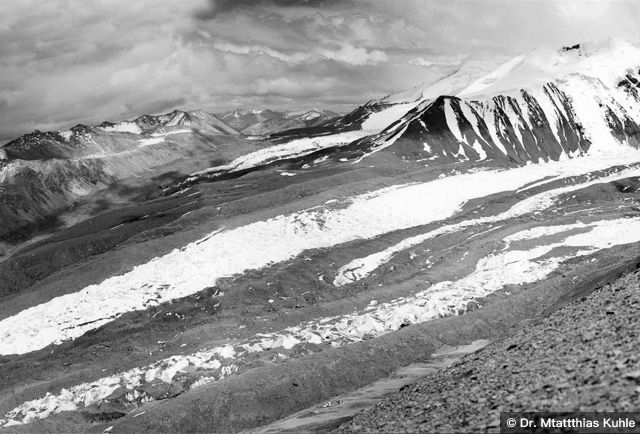
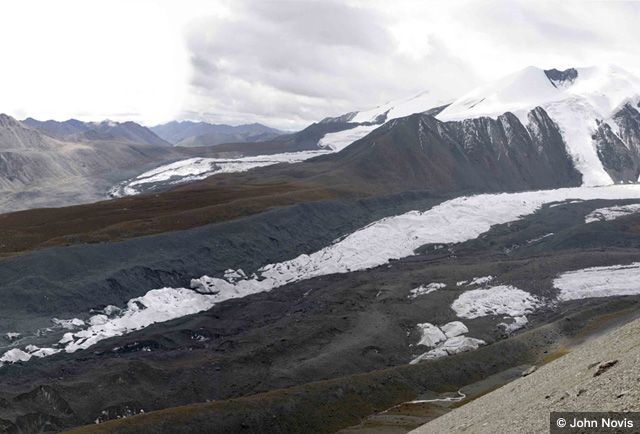
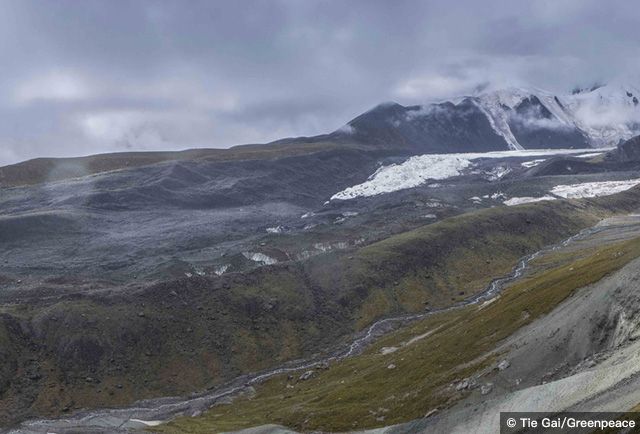

Sichuan – Hailuogou Glacier

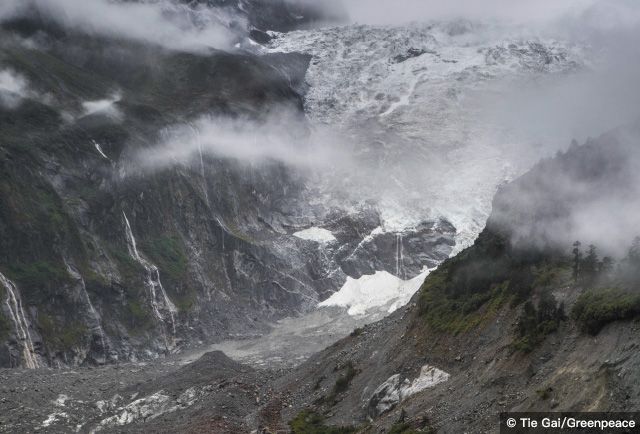

Gansu - Laohugou Glacier No. 12
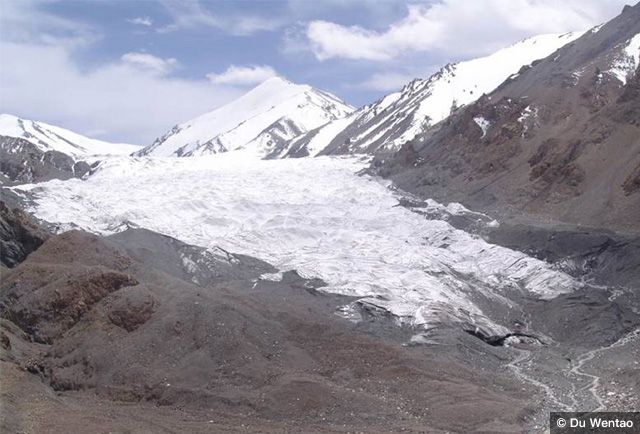
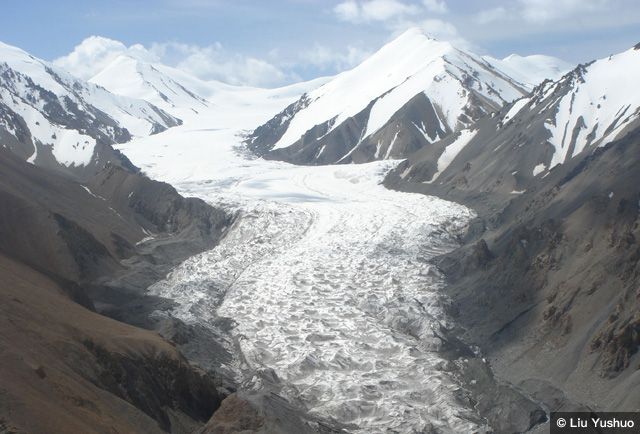
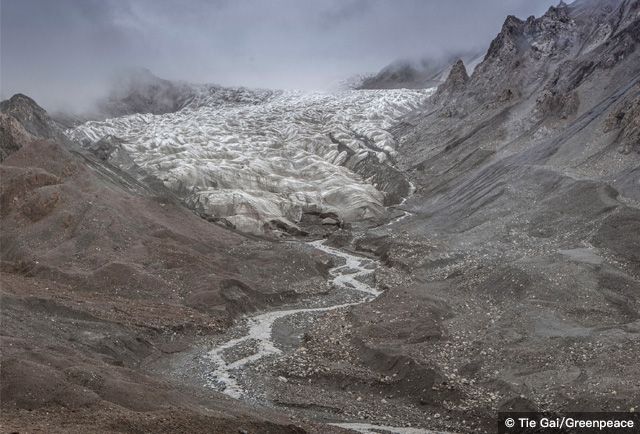
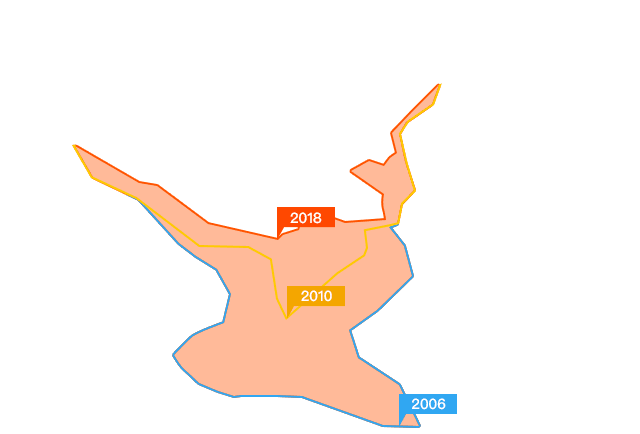
Xinjiang – Tianshan Glacier No. 1
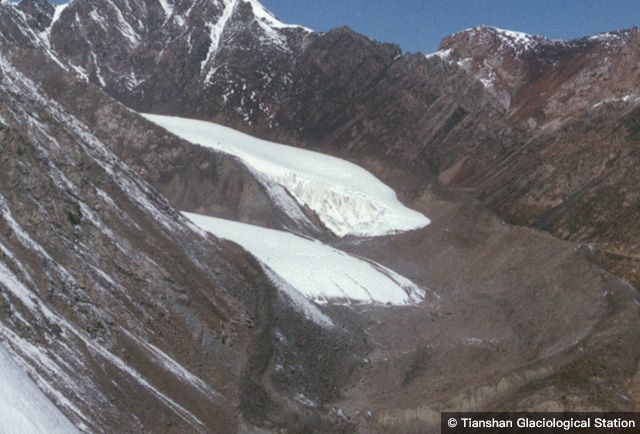
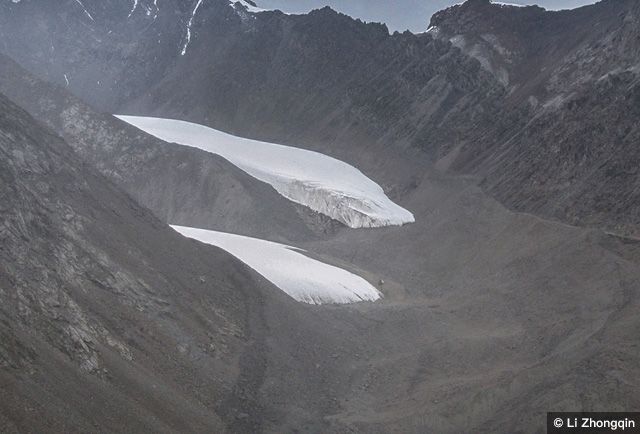
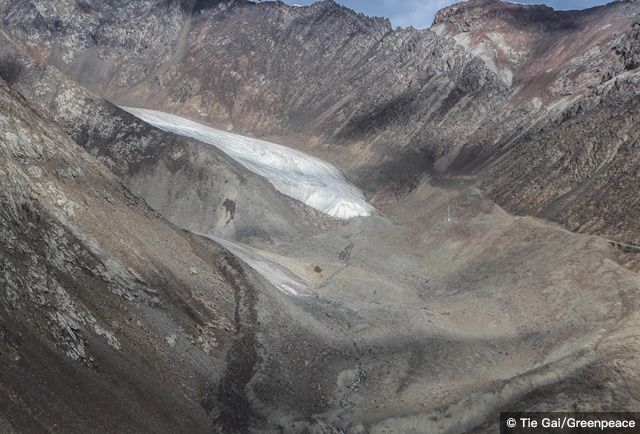
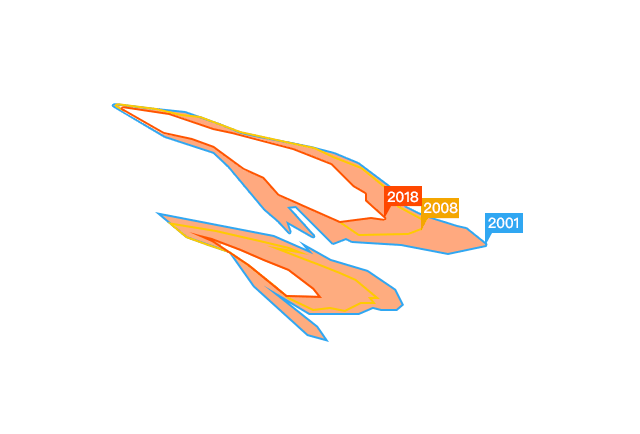
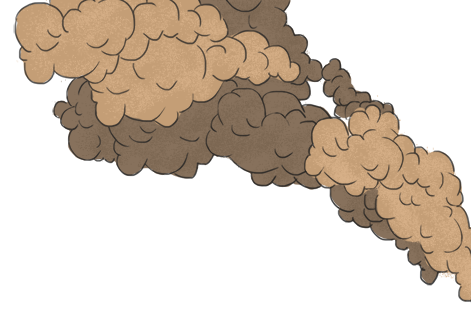


















Glacial retreat has caused regional natural disasters, changing the balance of regional ecosystems, threatening the existence of animal and plant species, and gravely threatening human environments too.
The acceleration causes water to gather at the end or side of the glacier, forming a “glacial lake.” Melting ice and snow cause these lakes to swell, increasing the risk they will burst their banks — a situation that can result in tragedies.
The glacial melt caused by global warming will lead to more glacial breaks, causing ice or snow avalanches.
Collapsed snow and ice warms as it moves, rapidly melting into water that erodes ditch beds and slopes or directly collapsing into lakes causing them to overflow or burst. This in turn causes mudslides to rush down the mountain, causing a chain of disasters.
Two glacial disasters occurred in western China this year, affecting more than 16,000 people along the Yangtze River and displacing 7,100.
In August, sustained warm temperatures caused the Kejail Glacier to collapse, creating a sudden flood of 1.2 billion cubic feet of snowmelt. This was dumped at the upper reaches of the Yarkant River, reaching 55,444 cubic feet per second, exceeding the warning flow by 24%. While many were forced to evacuate there were no casualties.
In October, about 190 million cubic feet of glacial debris flowed out of the valley from the end of the glacier, forming a dam in the Yarlung Tsangpo River. The resulting dammed lake grew to 19.4 billion cubic feet of water, flooding residential areas and displacing thousands.
In the last 50 years, China’s glacial runoff has increased up to 53%

Warming temperatures have caused snow and glacier melts to accelerate in the spring, and floods to peak earlier in the season.
Over the short term, seasonal changes in glacial melt runoff will change the distribution of water resourcesandincrease the risk of natural disasters.
In the longer termthe increase in glacial melt runoff is unsustainable. When glacial meltwater peaks, the remaining glaciers will not be able to maintain the same quantity of runoff, drastically reducing meltwater and causing severe water shortages for people living downstream.
“Global warming has thrown the stability of glaciers out of balance,” said Shen Yongping, a researcher at the Northwest Institute of Eco-Environment and Resources at the Chinese Academy of Sciences. “As the melting point of glaciers increases, the devastating effects of glacial disasters will also increase.
Currently, glaciers in China have already been influenced by global warming, and we must take seriously the dangers of glacial disasters.”
Previously, the Intergovernmental Panel on Climate Change lowered the ceiling to control global warming from 2 degrees Celsius in 2015 to 1.5 degrees Celsius.
According to UN estimates, if the global average temperature rises 1.5 degrees Celsius instead of 2 degrees Celsius, the number of people affected by climate change will fall by 420 million and 300 million fewer people will face water shortages.
Sources: Greenpeace, Caixin Reports,
Global Land Ice Measurements from Space
The Second Glacier Inventory Dataset of China
Reporter: Sun Qian
Designers: Xia Zumin, Wei Meng
Developer: Wei Meng
Producer: Geng Mingzhong
English version by Lu Wanqi, Ren Qiuyu
Caixin Datanews Center product
